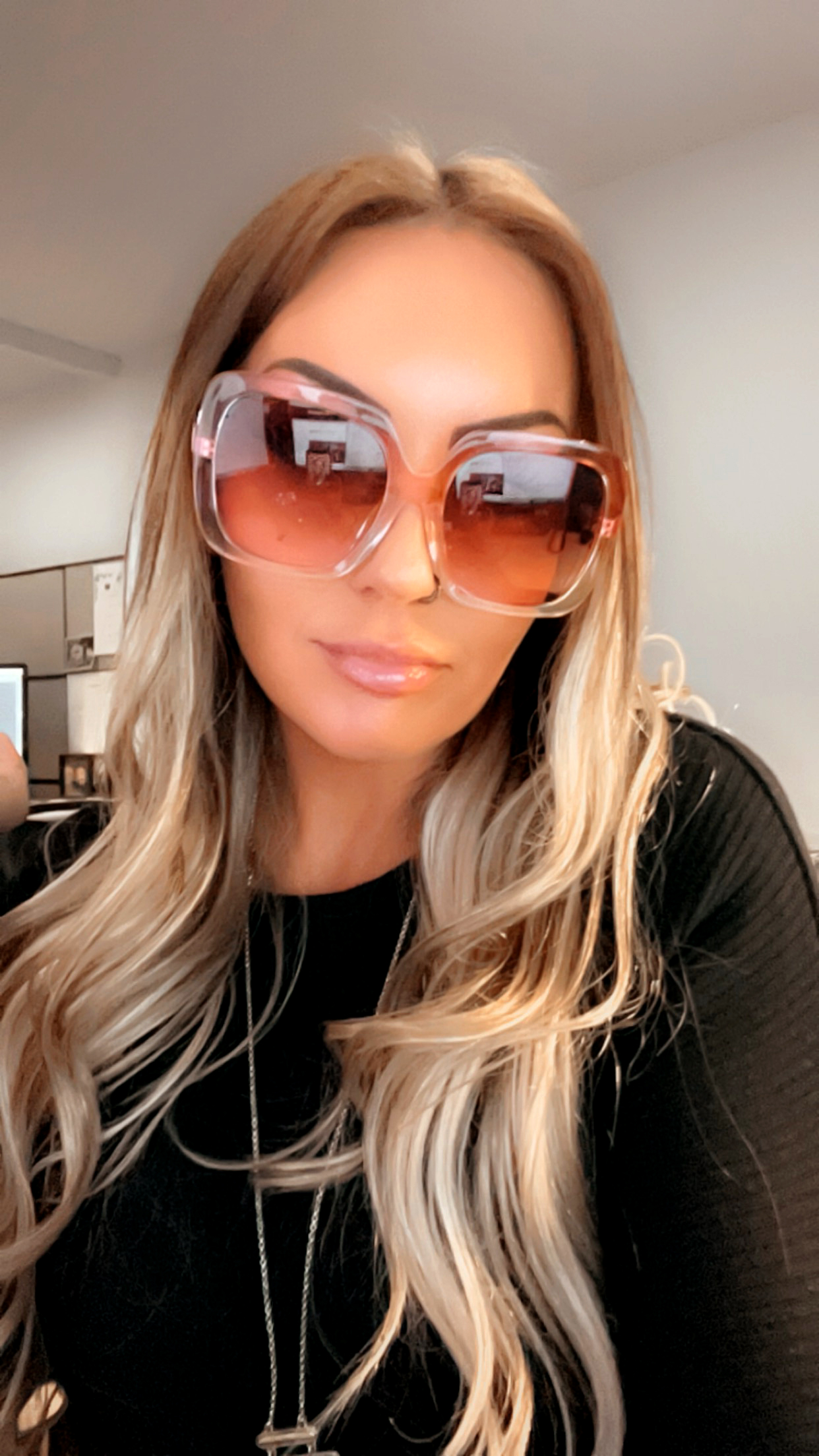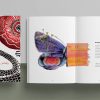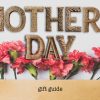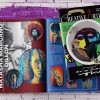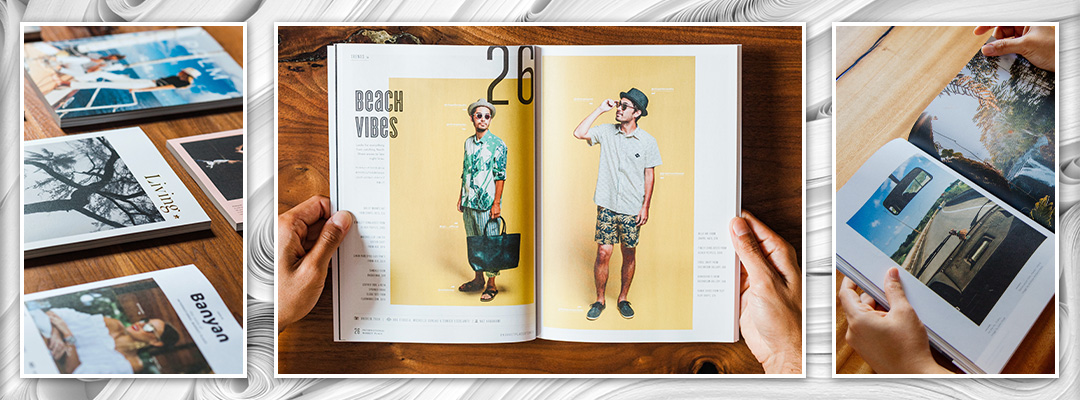
What’s the Best Paper for Book Printing?
Ever wanted to create brand ambassadors that tirelessly work for you? Well, believe it or not, a great booklet printed on just the right paper can do exactly that. It’s not just about putting words and images on a page; it’s about crafting an experience, an extension of your brand that speaks volumes. When someone holds your booklet, they’re not just flipping through pages; they’re interacting with a piece of your brand’s story. The paper you choose is a key player in this narrative. It can turn a simple booklet into a powerful tool for brand engagement, making your message resonate long after the last page is turned.
In this guide, we’ll explore the art of selecting the perfect booklet paper, ensuring that your printed materials are not just informative but also impactful. With the right paper, your booklet can transcend being a mere informational piece to become a memorable brand experience.
Now, let’s flip the page.
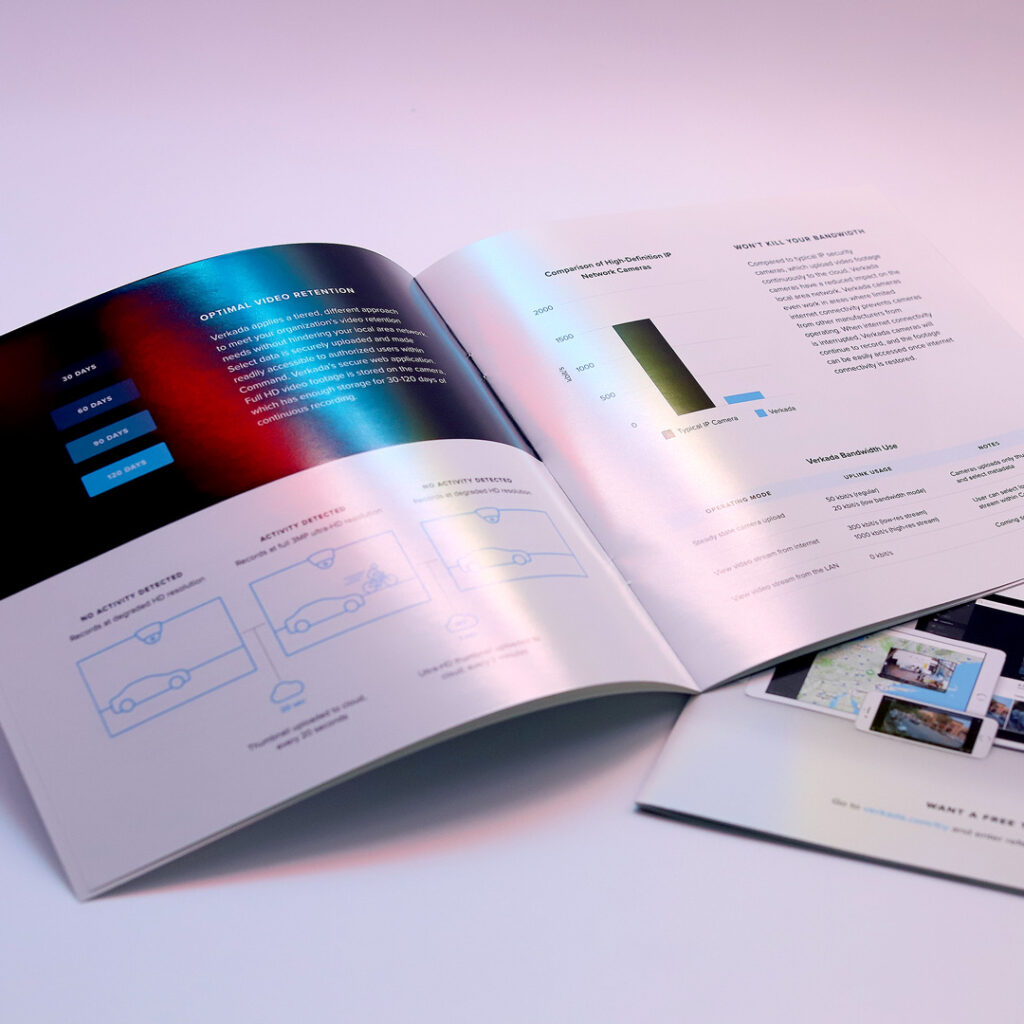
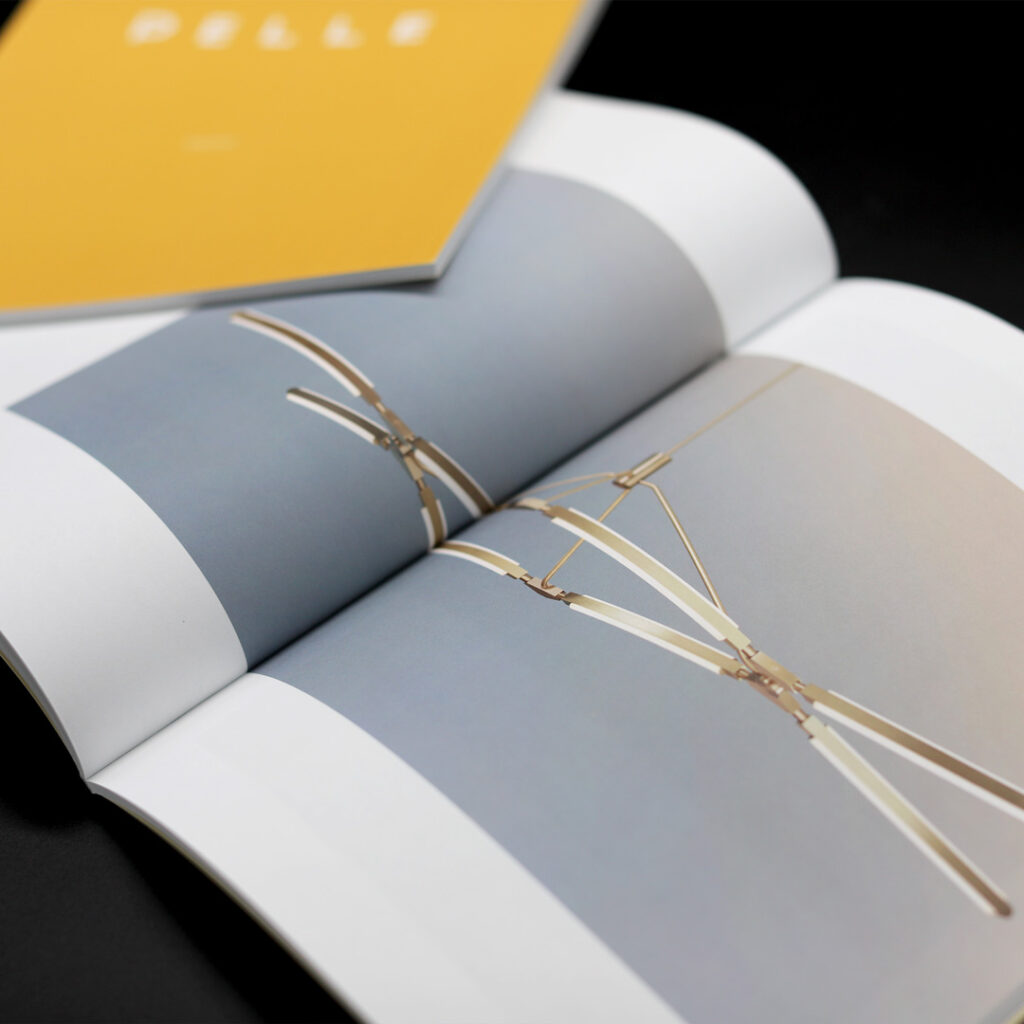
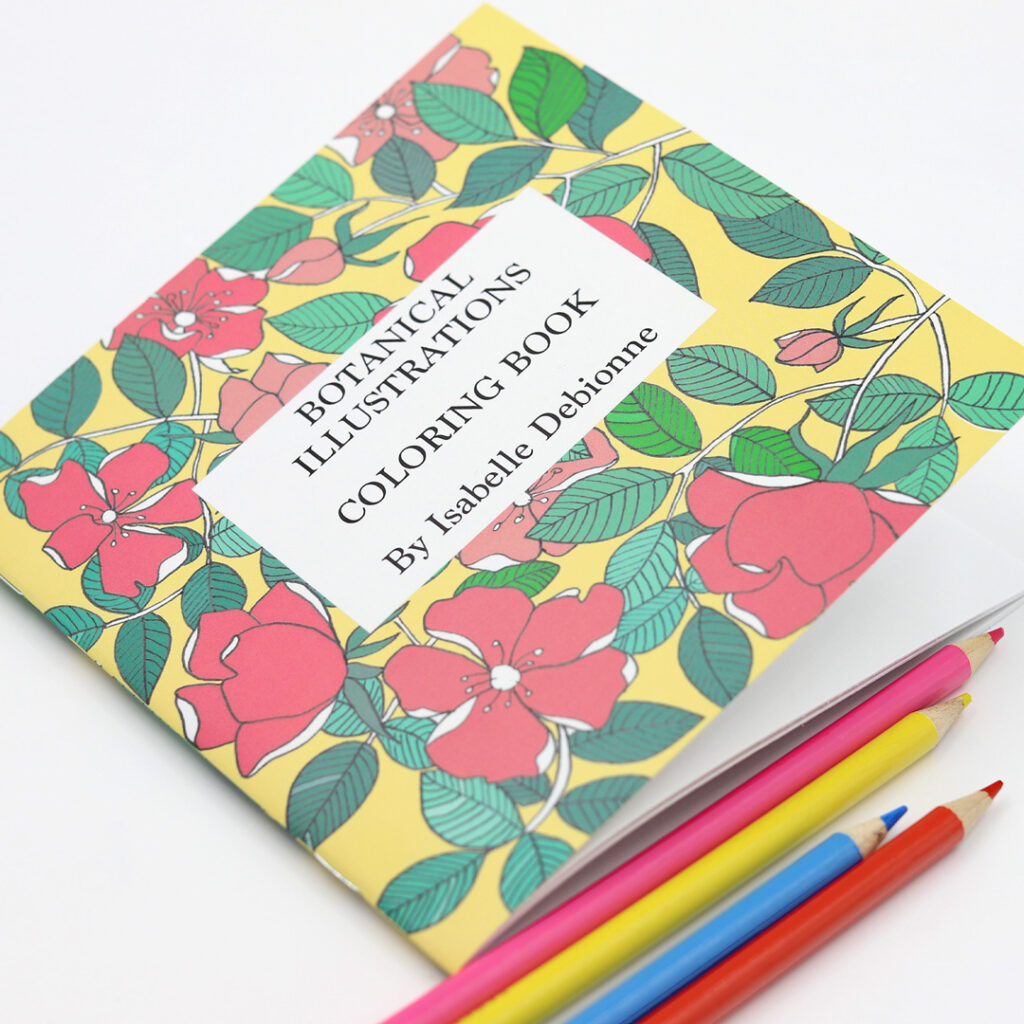
What Kind of Paper is Used for Books?
The choices for paper booklet printing are rich and varied. From the glossy sheen that makes colors pop to the understated elegance of matte and the earthy feel of uncoated paper – the choices are as diverse as they are distinct. Glossy paper is a showstopper, perfect for image-centric booklets that need to make an impression. Matte paper, with its refined and glare-free finish, offers a sophisticated touch, ideal for text-heavy designs. And for those seeking an organic and approachable feel, uncoated paper is your best friend, lending a tactile quality that invites readers to linger. Here’s more details, examples, and statistics on each of these paper types:
1. Glossy Paper: Glossy paper, known for its vibrant and shiny finish, is excellent for capturing attention. It’s particularly effective for image-heavy booklets where color vibrancy is paramount. Statistics show that marketing materials printed on glossy paper tend to have higher engagement rates, with some studies indicating as much as a 30% increase in reader interest compared to standard finishes. This paper type is ideal for product catalogs, photo books, and marketing booklets where visual impact is crucial.
2. Matte Paper: Matte paper, on the other hand, offers a more subdued and elegant finish. It’s excellent for text-heavy booklets and those that require a sophisticated touch. Studies have found that matte finishes can increase the readability of text, leading to longer engagement times with the material. This makes matte paper a superb choice for educational booklets, corporate reports, and materials where detailed information needs to be conveyed without visual distraction.
3. Uncoated Paper: Uncoated paper provides a natural and tactile experience. Its absorbent nature makes it less reflective and easier on the eyes, which is particularly important for lengthy reads. Research suggests that uncoated paper is often perceived as more sincere and trustworthy, making it a fantastic option for non-profit organizations, informational pamphlets, and businesses aiming to establish a grounded, approachable brand image.
By understanding the unique benefits and perceived effectiveness of each paper type, you can make an informed decision that aligns with your marketing goals and target audience. Remember, the paper you choose is a crucial element in how your booklet is received and can significantly impact its success in engaging and retaining your audience’s attention.
Not sure what paper you like best?
PRO TIP: We offer complimentary paper sample swatch books in our Free Print Marketing Tool Kit! Request your packet today to feel the difference of each paper and coating side by side. Full of different text and cover weights in both glossy, matte and uncoated finishes, choosing the perfect paper has never been easier!
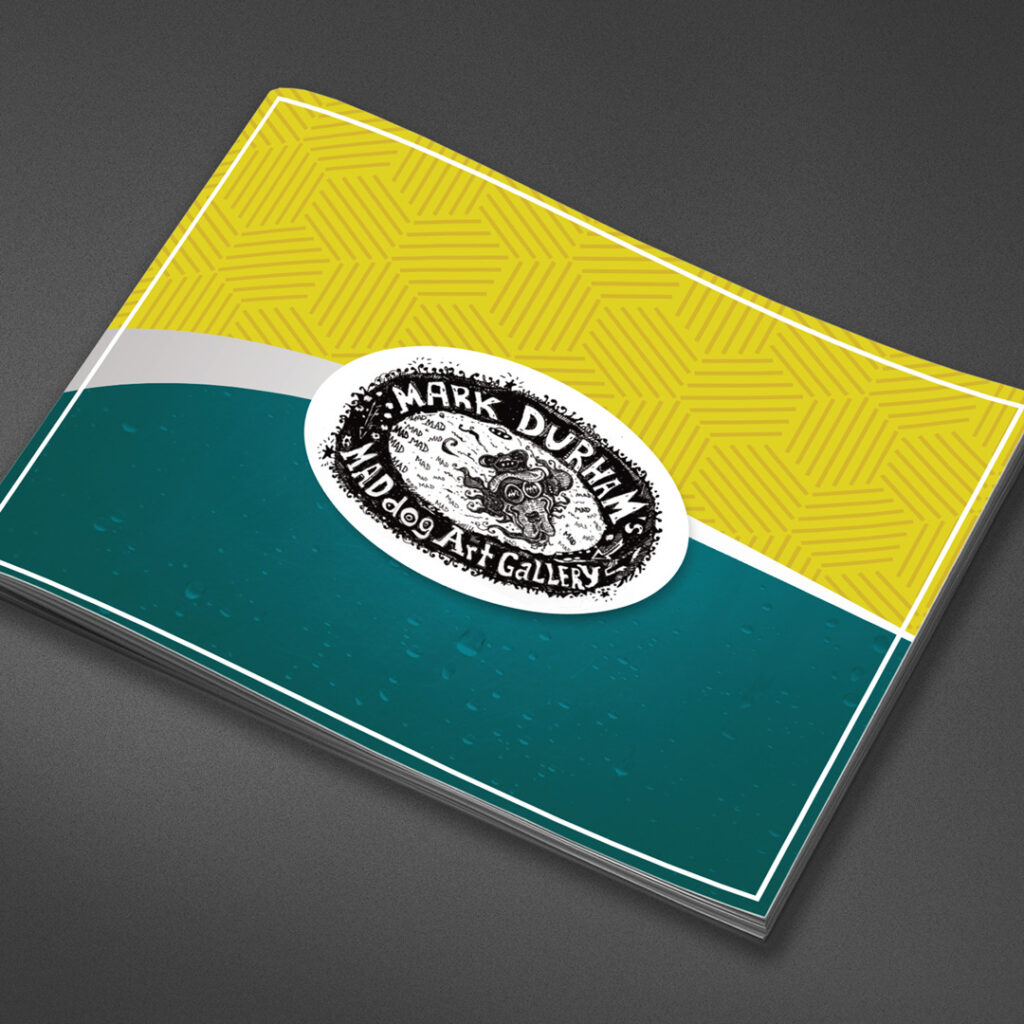
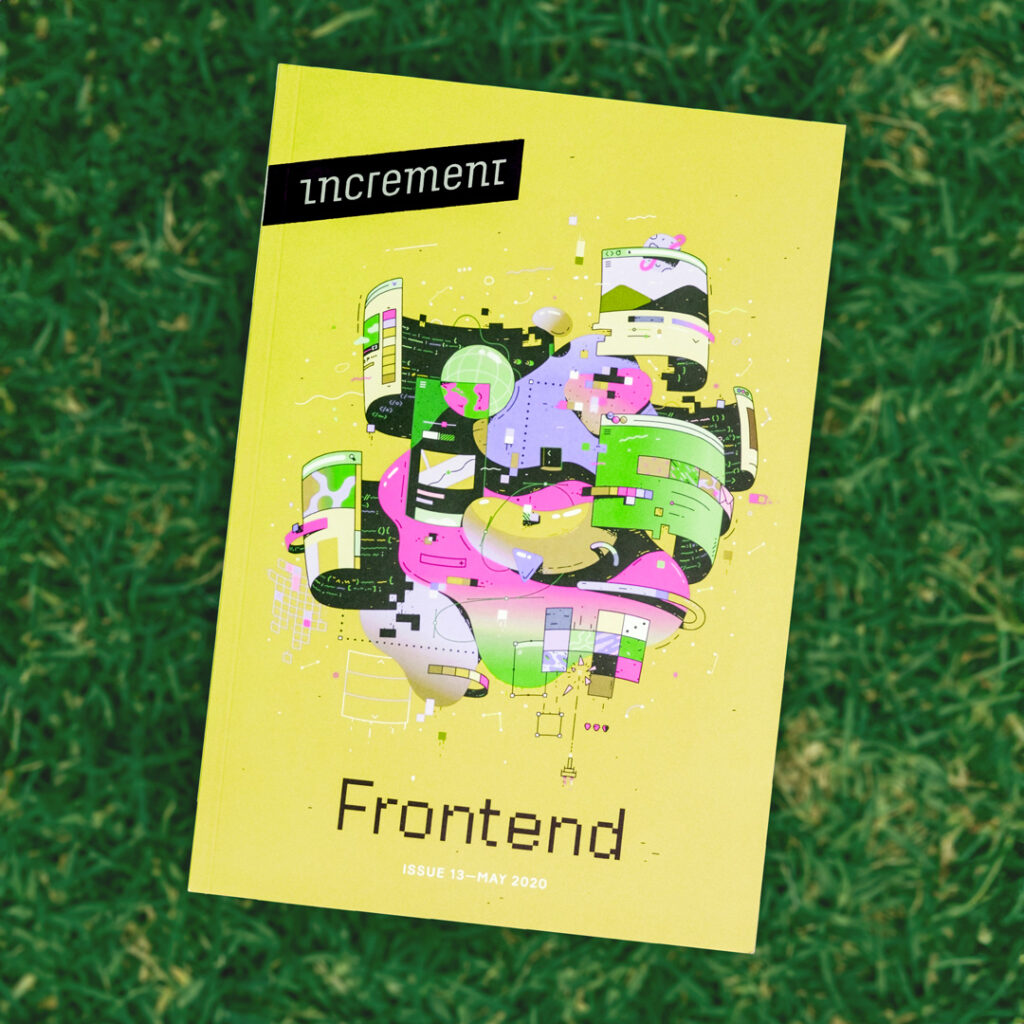
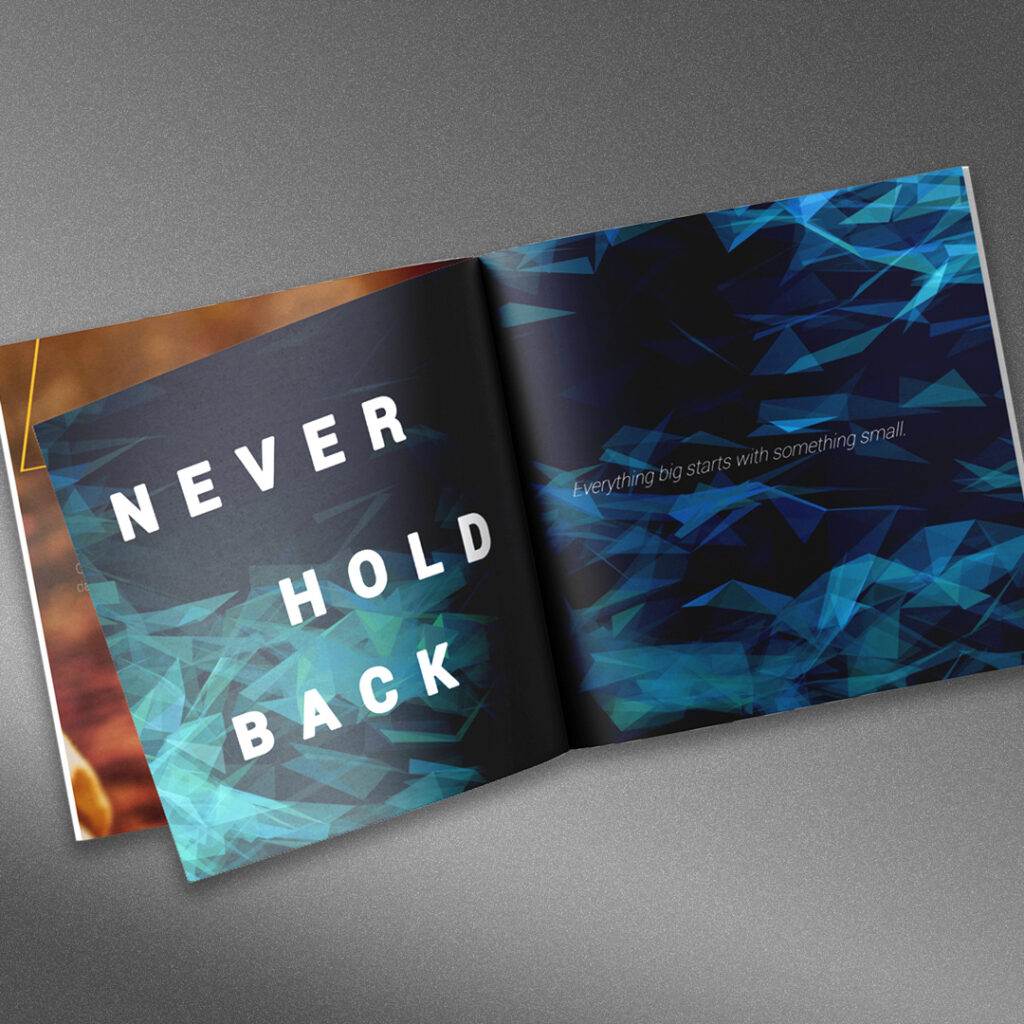
What Size Paper is Best for Books?
The size of your booklet is a crucial factor that goes beyond mere aesthetics; it’s about aligning your material’s physical dimensions with its purpose and audience. Different sizes can cater to various needs and significantly influence how your audience interacts with your booklet.
1. Standard Sizes (A4, A5, US Letter): Standard sizes like A4 (8.3 x 11.7 inches), A5 (5.8 x 8.3 inches), and US Letter (8.5 x 11 inches) are popular choices due to their compatibility with standard printers and their cost-effectiveness. For instance, A4 and US Letter sizes are ideal for detailed reports, manuals, and corporate brochures, offering ample space for both text and images. Market research shows that these sizes are preferred by businesses for their professional look and ease of handling. A survey conducted revealed that approximately 60% of corporate booklets are printed in these standard sizes, as they provide a balance of visibility and convenience.
2. Custom Sizes (Square, Pocket Size, etc.): Custom sizes, such as square booklets or smaller, pocket-sized formats, offer a unique way to stand out. Square booklets, typically ranging from 5.5 x 5.5 inches to 8.5 x 8.5 inches, have gained popularity in the marketing world, especially for creative industries, art portfolios, and lookbooks. They provide a contemporary and stylish feel that differentiates them from traditional formats. Statistics indicate that custom-sized booklets have a higher retention rate, with recipients being 25% more likely to keep a uniquely sized booklet compared to a standard-sized one.
3. Considerations for Specific Purposes: When deciding on the size, consider the specific purpose of your booklet. For example, pocket-sized booklets (around 4 x 6 inches) are perfect for event programs, travel guides, or promotional handouts, offering convenience and ease of distribution. Conversely, larger formats, like A4 or US Letter, are better suited for detailed catalogs or instructional booklets where clarity and space for information are essential.
In conclusion, the size of your booklet should be a deliberate choice based on the content, target audience, and intended use. While standard sizes offer familiarity and cost-effectiveness, custom sizes can provide a unique edge and potentially higher engagement and retention rates. Always align your size decision with your booklet’s goals to maximize impact.
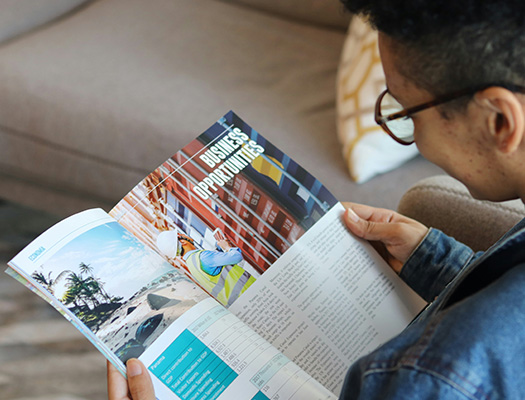
What is the Cheapest Way to Make a Book?
When it comes to economical booklet printing, balancing cost and quality is key. Lighter paper weights and standard finishes are typically more budget-friendly, and they don’t necessarily compromise the effectiveness of your booklet. Additionally, the binding style plays a significant role in the overall cost. At PrintingCenterUSA, we offer a variety of binding options, including saddle stitch, perfect bound, spiral, and wire-o binding. Among these, saddle stitch is often the most cost-effective, especially for smaller booklets or those with fewer pages.
However, it’s not all about the price tag. The choice of binding can also influence the booklet’s functionality and perceived value. For instance, perfect binding, while slightly more expensive than saddle stitch, offers a sleek and professional look, making it ideal for high-end publications or corporate presentations. Spiral and wire-o bindings, known for their durability and ease of use, are excellent choices for workbooks or manuals.
Another way to save on costs is by optimizing your design and content layout. Efficient use of space and careful planning can reduce the number of pages needed, consequently lowering printing costs. Additionally, consider ordering in bulk if feasible, as many printing services offer discounts for larger orders.
Throughout your booklet printing journey, remember it’s a blend of price, presentation, and purpose. At PrintingCenterUSA, we understand this balance. We offer various options that integrate affordability with quality, ensuring that your booklet not only fits your budget but also effectively communicates your message and represents your brand. With our expertise, you can create a booklet that captivates your audience without breaking the bank.
And when you’re ready to turn your vision into reality, remember that PrintingCenterUSA is here with fast, reliable, and top-tier booklet printing services, all complemented by a free file review to ensure your project kicks off smoothly.
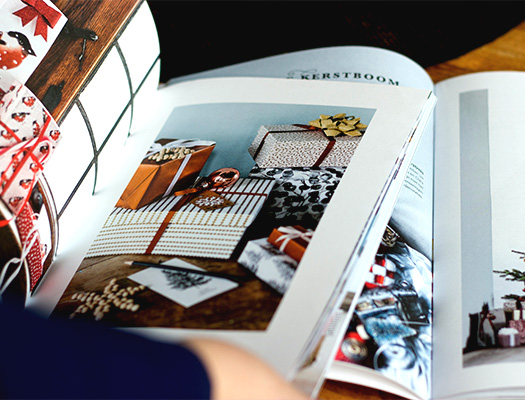
How Do I Print My Own Book?
Printing your own booklet is a journey of creativity and precision. Start by defining your content and design, then select the paper type and size that aligns with your vision. Consider the paper weight as it contributes significantly to your booklet’s feel and durability. If you’re uncertain about the choices, fear not, as our experts at PrintingCenterUSA are here to guide you through, ensuring your booklet is not just printed but impressively brought to life.
How to Print a Book in 7 Easy & Affordable Steps
- Gather all of the content and images for your booklet printing project.
- Place and format your content and images into an Adobe Suite Program (InDesign or Illustrator) OR: Use our free online photo book design tool and free downloadable templates to create your booklet.
- Enter your Binding, Size, Quantity, # of Pages, Ink, Paper, In-Hand Delivery Date and get an Instant Quote
- Upload your print-ready PDF or proceed to checkout through the online designer.
- We will then run your files through our 43-point checklist and send you a PDF proof for you to approve or reject.
- When approved, we will schedule and print your booklets.
- Your booklets will be delivered to your doorstep as promised for you to enjoy and distribute.
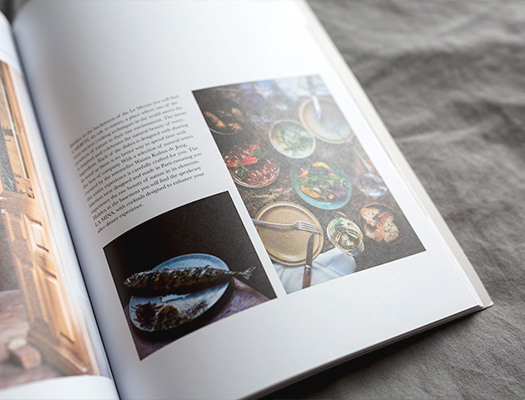
What Material is Used to Print Book?
Beyond paper weight, the material choice for booklet printing extends to covers and bindings. From sturdy cardstock to flexible options, each material adds a unique dimension to your booklet. The binding style – be it stapled, perfect, or spiral – further characterizes your booklet, influencing both aesthetics and usability. At PrintingCenterUSA, our array of material choices ensures your booklet is not just a print but a statement.
PRO TIP: When paper, finish and quality are of the highest priority to you, we recommend and offer hard copy proofs for your booklet order. This option allows you to physically review and approve the final product before production begins.
Conclusion
In summary, the right booklet paper transforms your content into a memorable brand experience. From glossy to matte, and custom sizes to economical printing, each choice plays a pivotal role in how your message is received. Remember, a well-crafted booklet can be a powerful tool for engagement and brand promotion. Ready to bring your vision to life with the perfect booklet? Let PrintingCenterUSA guide you with expertise and quality service. Start your journey to impactful booklet printing today.
As the Creative Director at PrintingCenterUSA, I bring 28 years of experience in graphic design and printing industries to the table. Specializing in breathing life into imagery and writing, I create visuals that deeply resonate with audiences and stories that leave lasting impressions. Driven by an unyielding curiosity and an artist’s keen eye for detail, my work embodies an enticing blend of aesthetics and strategy, delivering high-quality visuals from a meticulously crafted creative process. With additional career spanning roles like Art Director, Master Layout Coordinator, Design Manager, Graphic Artist, Visionary, Owner/Artist and beyond, I’ve carved a vibrant niche in the industry. My mantra, “Dream, Design, Deliver,” resonates with the rhythm of the cosmos, injecting energy into my creative process that transforms dreams into reality. Join me on this journey, as we create magic with designs that speak through thoughtful intention.
Connect with me on LinkedIn here.
Ready to showcase your business? Got a story to tell? I would love to hear your story and your journey as an artist, business owner, or entrepreneur, and how print has brought your vision to life and impacted your audience.
Schedule a time with me today for a one on one interview, and let’s turn your story into a headline! Book now and join the movement







